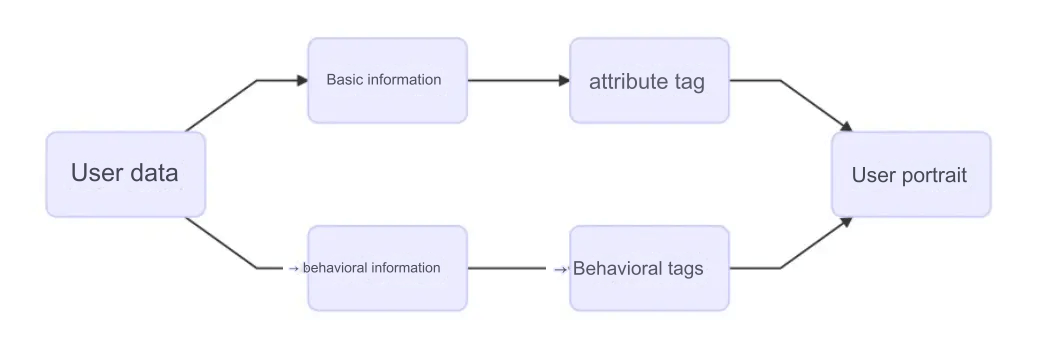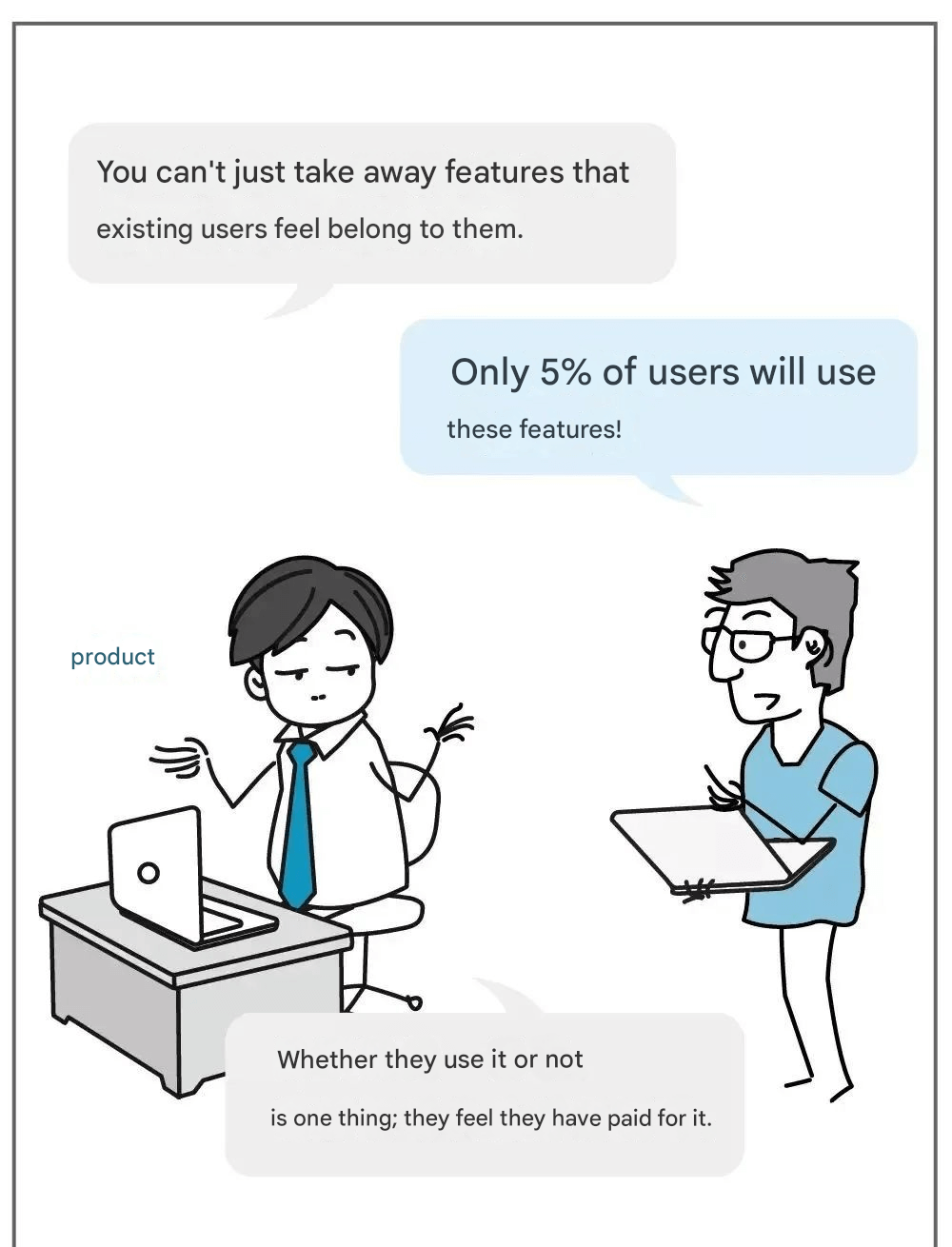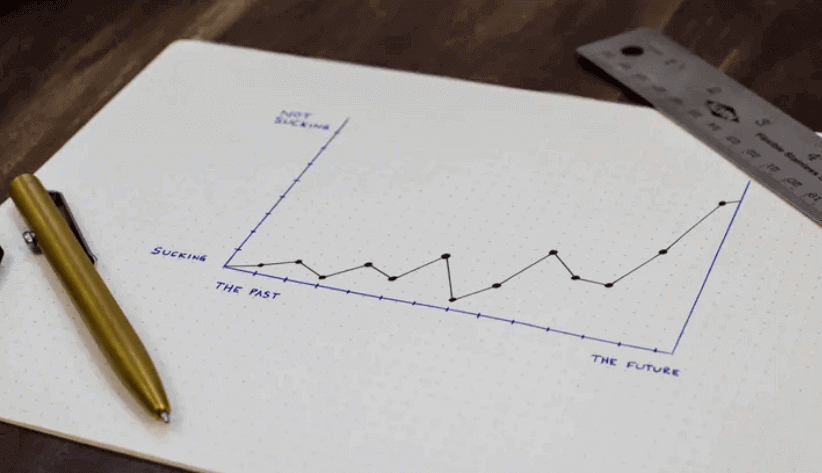Growth Design Process
Growth design is a long-term effort that requires collaboration across multiple departments. A systematic and sustainable workflow is essential to ensure all functions work cohesively, enabling organized, controlled, and scalable growth initiatives.
1. Establishing Growth Metrics
Getting started is often the hardest part, and creating effective metrics isn’t easy. Different product stages may require different KPIs, but these metrics are often not detailed enough, leaving people uncertain about where to begin. For example, aiming for $2 billion in transactions this fiscal year can feel overwhelming because the metric is too broad and lacks a clear path or process.
Typically, we work backward from the end goal to identify the key steps to achieve it, gradually breaking them down into specific growth opportunities or product optimizations. This approach ensures cross-departmental alignment and helps each team achieve their specific business targets.
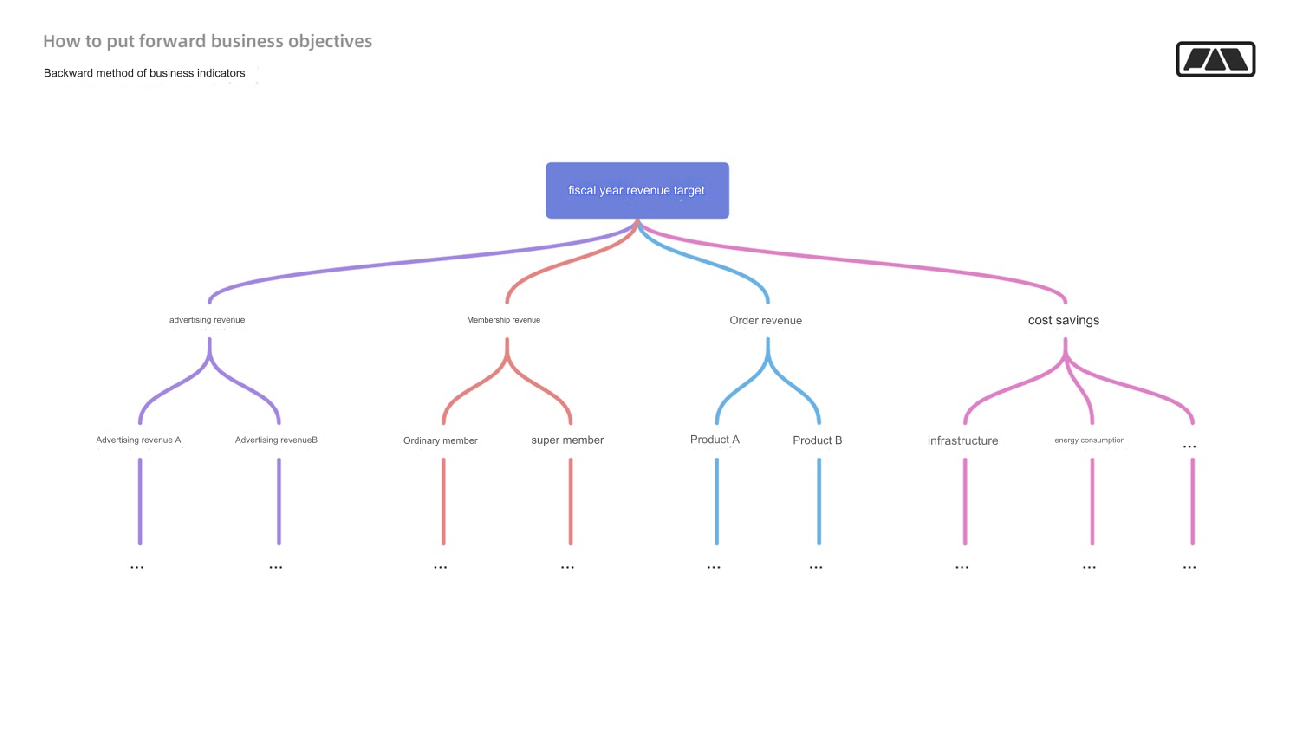
Once you have refined metrics, the next step is to find matching data to support them, creating quantifiable and visualized indicators. For example, if the refined metric is increasing the number of orders, then the data should align accordingly. It’s also important to track related data points, as they often have a funnel relationship. If your refined metric isn’t performing as expected, it could be due to an issue in a previous step. Paying attention to upstream and downstream data helps you identify growth opportunities more effectively.
At its core, the three main product metrics are customer acquisition, retention, and conversion. As the product matures, the focus shifts toward lean growth, improving user experience, optimizing acquisition costs, and increasing conversion rates.
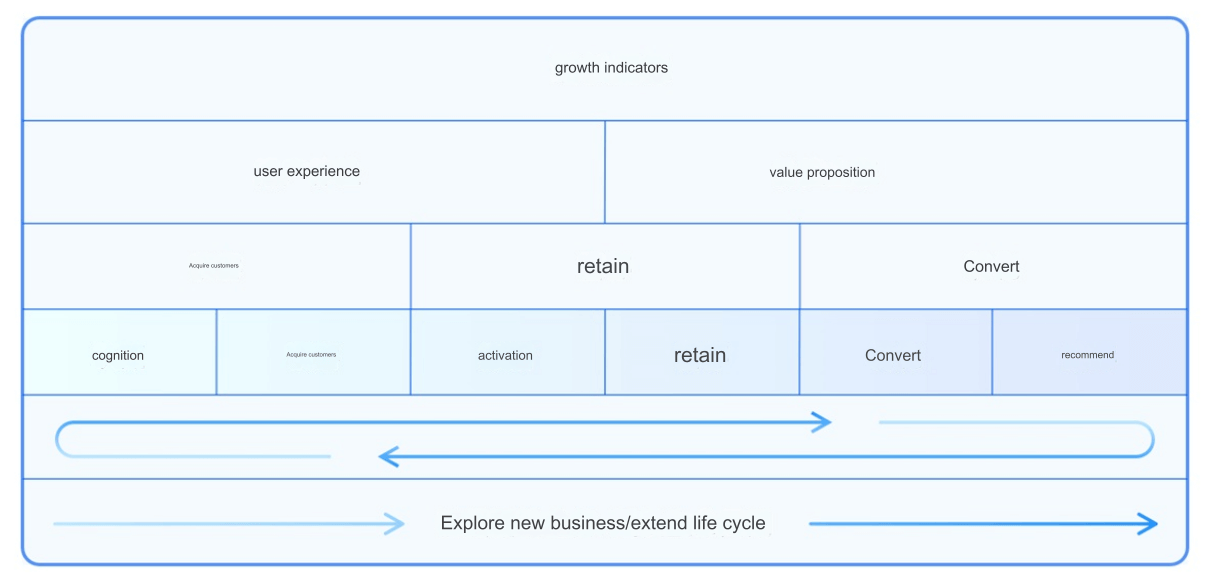
2. A Sustainable, Closed-Loop Development Process
A typical growth development process includes:
Setting growth goals → Collecting and analyzing data → Hypothesizing solutions → Prioritizing experiments → Running experiments and optimizing → Systematic implementation.
The closed-loop process involves continually cycling through: Hypothesizing solutions → Prioritizing experiments → Designing and launching experiments → Collecting and analyzing data → Applying results → Generating new hypotheses.
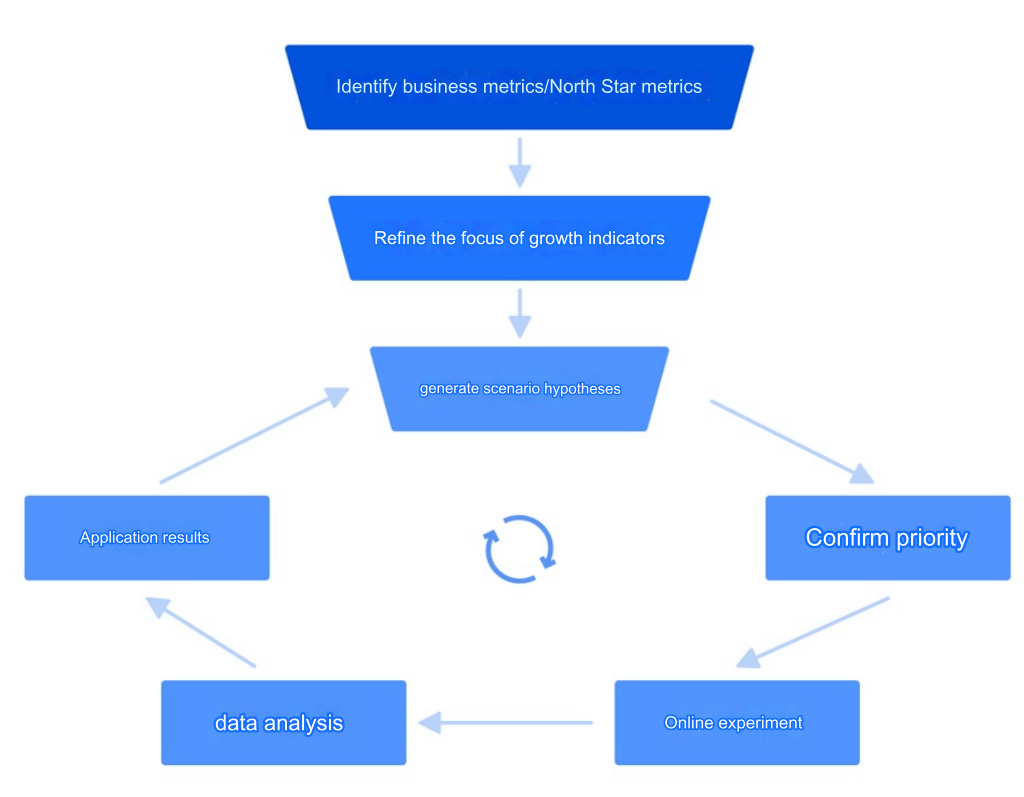
Depending on a company’s resources and the product's stage, it’s ideal to run usability tests or A/B testing when dealing with significant and uncertain changes. A/B testing, which has become easier with various testing platforms, helps create a closed-loop process that starts with growth metrics and then follows the steps of data collection, opportunity identification, hypothesis development, prioritization, testing, validation, and results application. While early-stage testing may consume more time and resources, the outcomes are more cautious and feasible. Usability testing, for example, often resolves most post-launch issues if done early, whereas solving them after launch is more complex and costly.
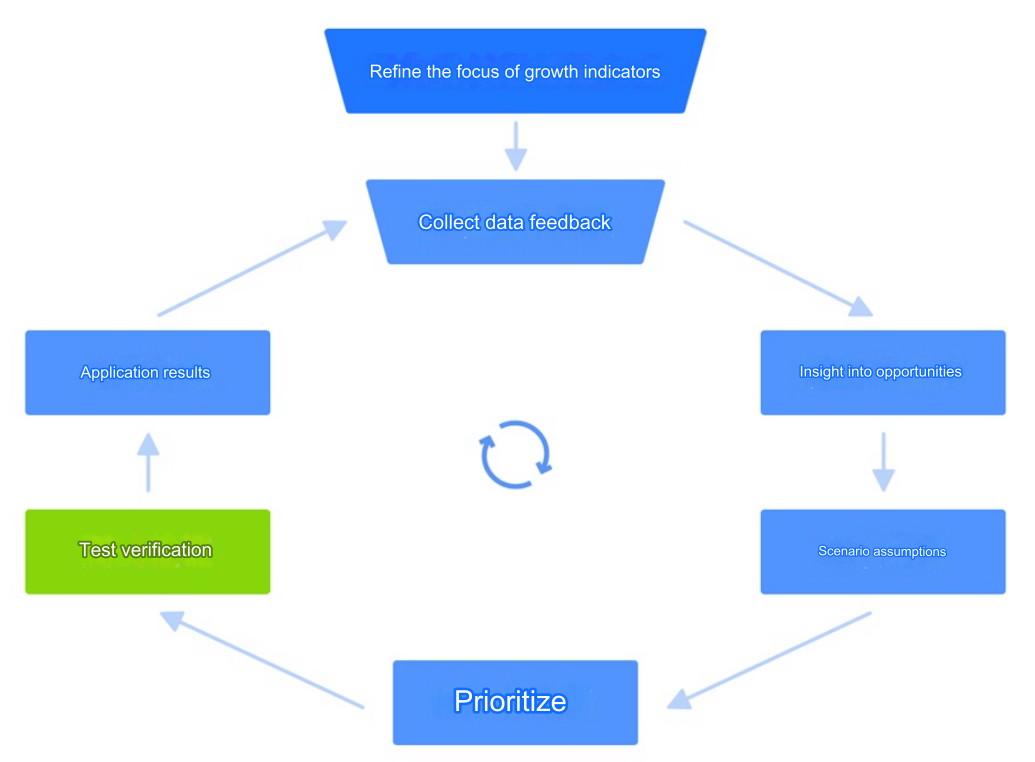
3. Retention: The New Favorite in Growth Strategy
In China’s saturated internet market, products often struggle with retention and conversion. Can we even call it growth if there’s no retention? Retention is an unavoidable topic in growth discussions. However, this isn’t meant to cause panic but to encourage rational problem analysis and solutions.
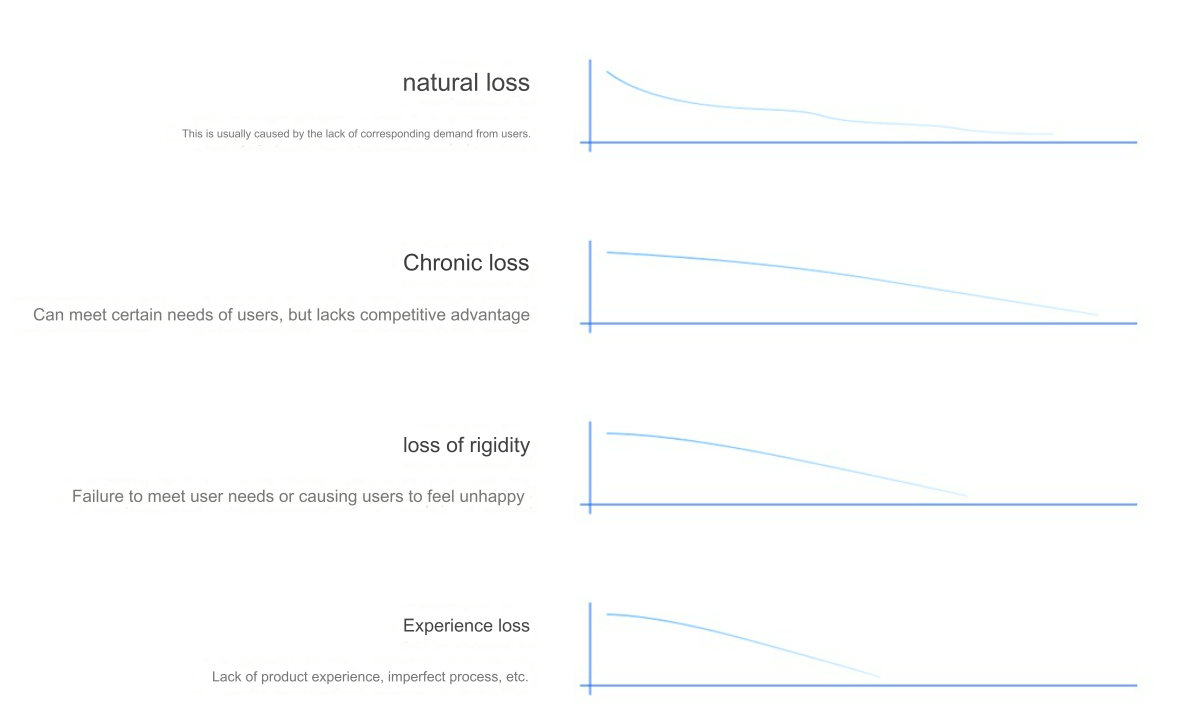
When retention rates are poor, it typically results from four types of user churn. By identifying the type of churn, we can see that it often directly relates to the service type and the user lifecycle. For example, a travel app’s users may only engage periodically, which doesn’t mean they’ve churned. With proper user reactivation efforts, users can be drawn back to the app when needed. Rational analysis and data-driven experiments are key to refining solutions and improving retention.





